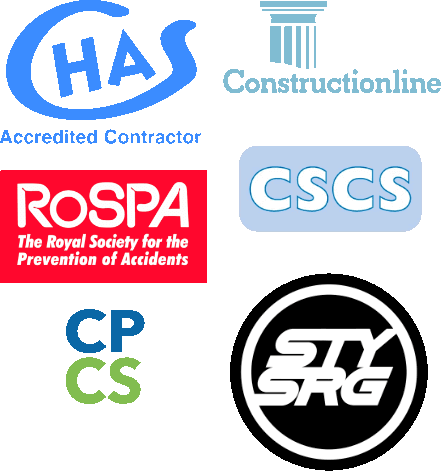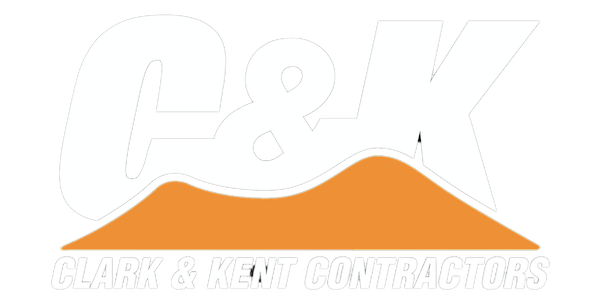Designing a pump track
Pump tracks are great places to learn BMX bike racing skills. The track is, at the bottom, just a continuous circuit of hills and banks, usually made of soil and dirt, that can be ridden without the use of pedals.
The idea is to 'pump' the bike around the track using body movement alone. Gentle hills, low rollers and sloping berms are typical, and they all help the BMX beginner get started. As bike control skills and experience improve, BMX riders can generate higher speeds and greater momentum on even the smallest and shortest pump tracks.
But that's not to say all pump tracks are created equal. Some designs can be very demanding, and the circuit can test the skills and techniques of even the best BMX riders. Much depends on the imagination and expertise involved in designing a track. Thanks to its progressive layout and diverse features, a small backyard pump track, such as the one built by Clark & Kent, is terrific to ride.
A place to learn BMX skills
Pump tracks were created by BMX racecourses when race organisers realised they needed smaller runs where youngsters could hone their skills before they graduated to the full BMX racing track. Mainly constructed out of mounds of dirt with no start section, pump tracks are just a string of rolling hills and berms laid out in a loop where novices can learn to 'pump' their bikes.
The BMX pump action is vital for competing in BMX racing. BMX race tracks all feature a 'rhythm' section of rollers and jumps, which can be tackled in various ways. This is where the 'pumping' reaps the most significant rewards. The bike spends most of its time in the air; when it lands, there is no time to pedal before the next jump or turn. Here, the riders with the best pump action can gain momentum and speed without pedal power.
These small training pump tracks are often hand-built and can be straightforward and inexpensive. They usually need to accommodate just one rider at a time and are a place to practise pumping continuously.
Defining a good pump track
The main aim of a pump track is to provide a free-flowing loop that can be ridden without using the bike pedals. Riders of all ages and abilities use pump tracks, so they must be easy enough for beginners to ride yet challenging enough to keep even the most skilled riders returning for more.
Variety is often the key to building a good pump track with plenty of variation in rollers' shape, height, and spacing. The steepness of berms and their radius can determine whether you have a free-flowing track that is a pleasure to ride or a cramped, stilted ride full of faltering, overtight turns. What helps to keep riders coming back for more is a pump track with sections that can be ridden in more ways than one.
Variations in line and approach offer variety and give riders a chance to hone different skills. Overtight berms and regularly spaced rollers can soon feel dull to the novice and provide little challenge to the more experienced rider. Alternative lines, staggered distances and variation in levels will improve the BMX biking experience and encourage more creative riding.
Best tracks for beginners
The best-built pump tracks are comfortable enough for beginners to ride confidently and offer excellent opportunities to those who want to progress. Twin rollers, for example, should be easy enough to ride one at a time but far enough apart for the more experienced rider to use the first to take off and the next to land.
Rollers of varying lengths and heights can improve pumping or hone jump skills, teach new creative lines and approaches, or improve pressure control skills. Although pump tracks are only mounds of soil and dirt shaped to allow bikes to ride around without pedalling, they offer excellent learning opportunities and a fun ride.
Take care of the track
Designing a pump track may look simple, but it has challenges. One of the biggest is drainage. As hills are looped together, it is easy to create holes that soon fill with water on rainy days. The compacted soil used to make jumps can be eroded over time, causing cracks to develop, so it is vital to maintain pump tracks adequately. Many local authority-funded pump tracks are opened to great fanfare and are instant successes. However, months without maintenance can quickly become overgrown with weeds, waterlogged and strewn with debris.
Most pump tracks have a loop-style layout, but significant variation can be built in relatively small spaces. Features such as crossovers, camel humps and tabletop jumps can offer a real challenge to even the most experienced rider. The most important thing to bear in mind when designing and building a pump track is that it should be fun to ride no matter what the user's BMX skills or experience level.
More on tracks
For help with your BMX project, talk to Clark & Kent , specialist builders of BMX tracks and skateparks.
Contact Us
OFFICE
01630 672329
office@clarkkentcontractors.com
Endorsements


